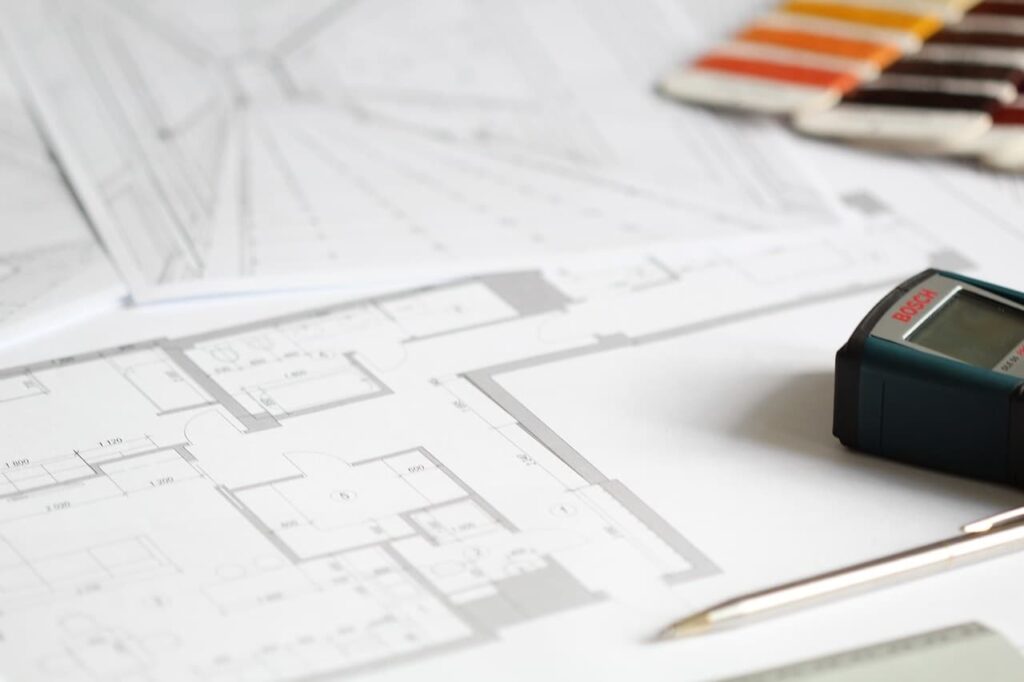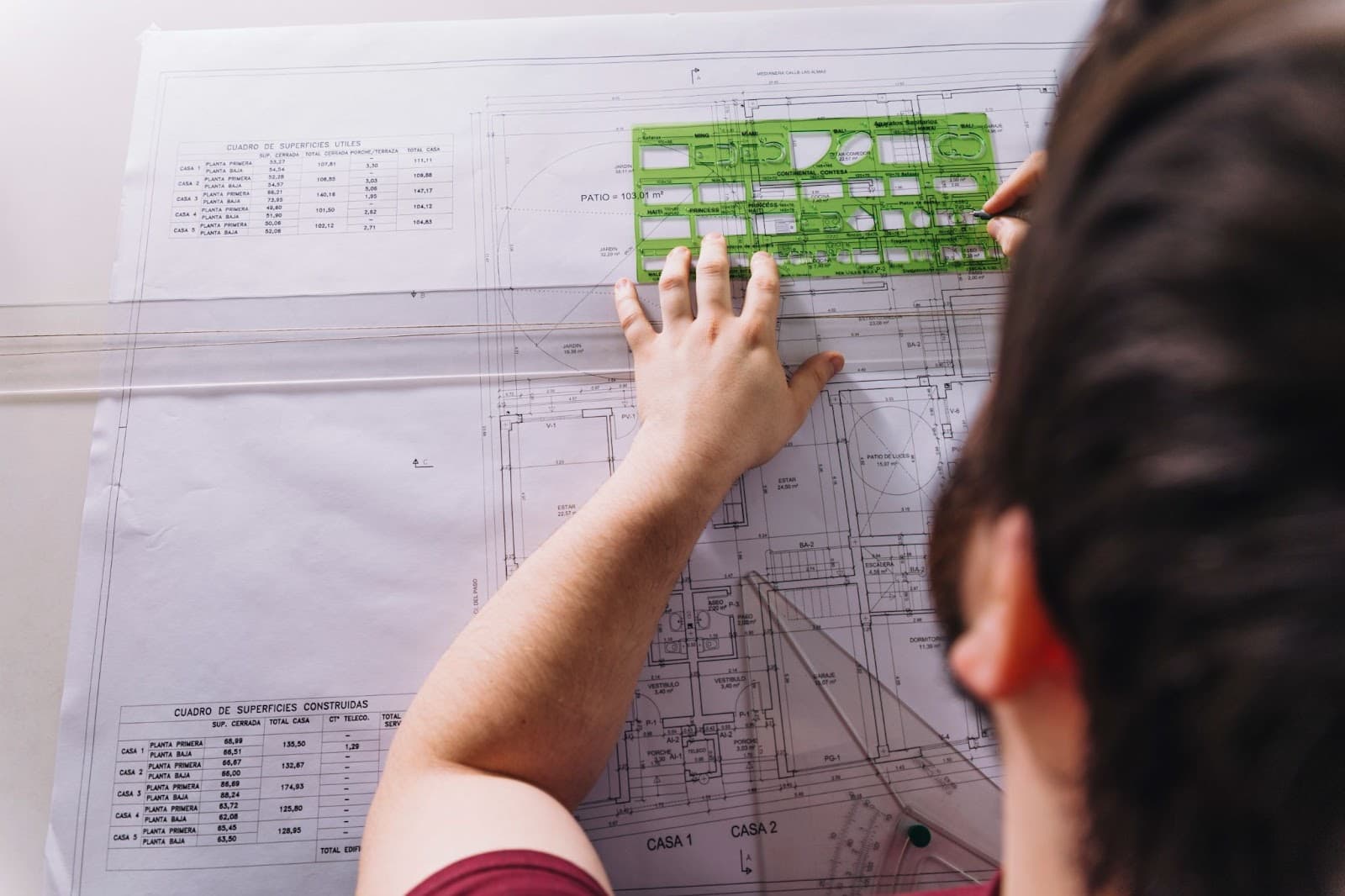When we think about the future of construction, it’s hard not to get a little overwhelmed. I mean, we’re talking about building things in a world where the environment is under pressure and resources seem to be running out. It’s not like the old days when you just slapped together some bricks and called it a day. Now, there are big questions to answer. How do we keep building when the planet seems to be shouting, “Enough already!”? And, more importantly, how do we do it in a way that doesn’t make things worse?
In my opinion, the answer lies in sustainable design. Now, that might sound fancy, but really, it’s about building smarter and kinder. It’s about looking at what we’re using, how we’re using it, and finding ways to leave the smallest footprint possible. Just like in other industries, such as the online gaming world with platforms like apuestassinlicencia.net, finding smart, sustainable solutions is key to adapting and thriving in today’s world. But let’s break it down in a way that anyone can understand. No jargon, no complicated terms—just some real talk about where construction is heading and what we can do to make sure it’s heading in the right direction.
Why Should We Even Care About Sustainable Building?
First off, let’s address the big question. Why should we even care about sustainability when it comes to building? Aren’t there bigger problems to worry about? Well, yes and no. The truth is, buildings have a huge impact on the environment. Whether it’s the energy they use or the materials they’re made from, they take a toll. And if we don’t start thinking about how to lessen that impact, we’re going to find ourselves in a bit of a pickle.
Think about it this way: Imagine you’re throwing a party. You could just invite everyone, use tons of plastic cups and plates, and leave a big mess for someone else to clean up. Or, you could plan ahead, use reusable dishes, and make sure everything is eco-friendly. The party is still fun, but you’ve done it in a way that doesn’t harm the environment. That’s kind of how sustainable building works—it’s about planning ahead and making smart choices.
The Challenges of Modern Construction
Of course, it’s not all sunshine and rainbows. Building sustainably isn’t easy. There are a lot of challenges. Here are just a few of the big ones:
- The cost: Let’s be real—sustainable materials can be more expensive. It’s hard to convince people to spend more when they’re already on a tight budget.
- The technology: Not everyone knows how to use the latest, green-friendly tech. It’s going to take some time for these new methods to catch on.
- The demand: People want things done fast. Waiting for sustainable solutions can sometimes slow down the building process, and not everyone is patient.
So, how do we tackle these challenges without giving up? Well, that’s the tricky part.
The Bright Side: Innovation
On the flip side, there’s a lot of exciting stuff happening in sustainable design. People are getting creative with how they use materials, and the technology is improving every day. For example, some buildings are now being made with recycled materials, or they generate their own energy using solar panels. It’s kind of amazing when you think about it. We’re no longer just throwing up structures; we’re making them work for us and the environment.

Another thing I love seeing is the use of natural elements in construction. Have you ever heard of buildings that are designed to use natural sunlight to cut down on energy use? Or ones that take advantage of natural airflow to stay cool without needing air conditioning? These are simple ideas, but they make a huge difference.
Comparing Old School vs. New School
To make this even clearer, let’s compare how buildings were made in the past versus how they’re being made now with sustainability in mind.
| Aspect | Traditional Building | Sustainable Building |
|---|---|---|
| Materials | Concrete, steel, lots of waste | Recycled materials, eco-friendly |
| Energy use | High, reliant on fossil fuels | Low, uses renewable energy sources |
| Waste | A lot of waste during construction | Minimal waste, focus on recycling |
| Cost | Often cheaper upfront | Can be more expensive upfront |
| Long-term savings | Little to no savings on energy | Significant savings over time |
The Future: Can We Do It?
Okay, now let’s look forward. What does the future hold for sustainable building? Honestly, I’m pretty hopeful. It’s not going to be easy, and it’s definitely not going to happen overnight, but I think we’re heading in the right direction. As more people start to see the benefits of building in a way that doesn’t hurt the planet, I believe we’ll see a big shift.
Sure, there will be bumps along the way, but that’s true for anything worth doing. And let’s not forget—when we’re talking about sustainability, we’re not just thinking about our lives today. We’re thinking about the generations to come.
At the end of the day, I think the future of sustainable architectural design is promising. We’ve got the creativity, the technology, and the motivation to make it work. Yes, there are challenges, and yes, it might cost a little more upfront. But the benefits far outweigh the costs. Just like with anything in life, the effort we put in today will pay off tomorrow.
So, let’s embrace these new ideas, invest in sustainable solutions, and make sure we’re building a future that works for everyone—humans and the planet alike.
Frequently Asked Questions
Is sustainable building really more expensive?
Yes, it can be more expensive at first, but the long-term savings often make up for the higher initial cost.
Can old buildings be made more sustainable?
Absolutely! With some updates like better insulation or solar panels, older buildings can become much more eco-friendly.
Do sustainable buildings really help the environment that much?
Yes, they do! By using less energy and fewer resources, they reduce the overall impact on the planet.
